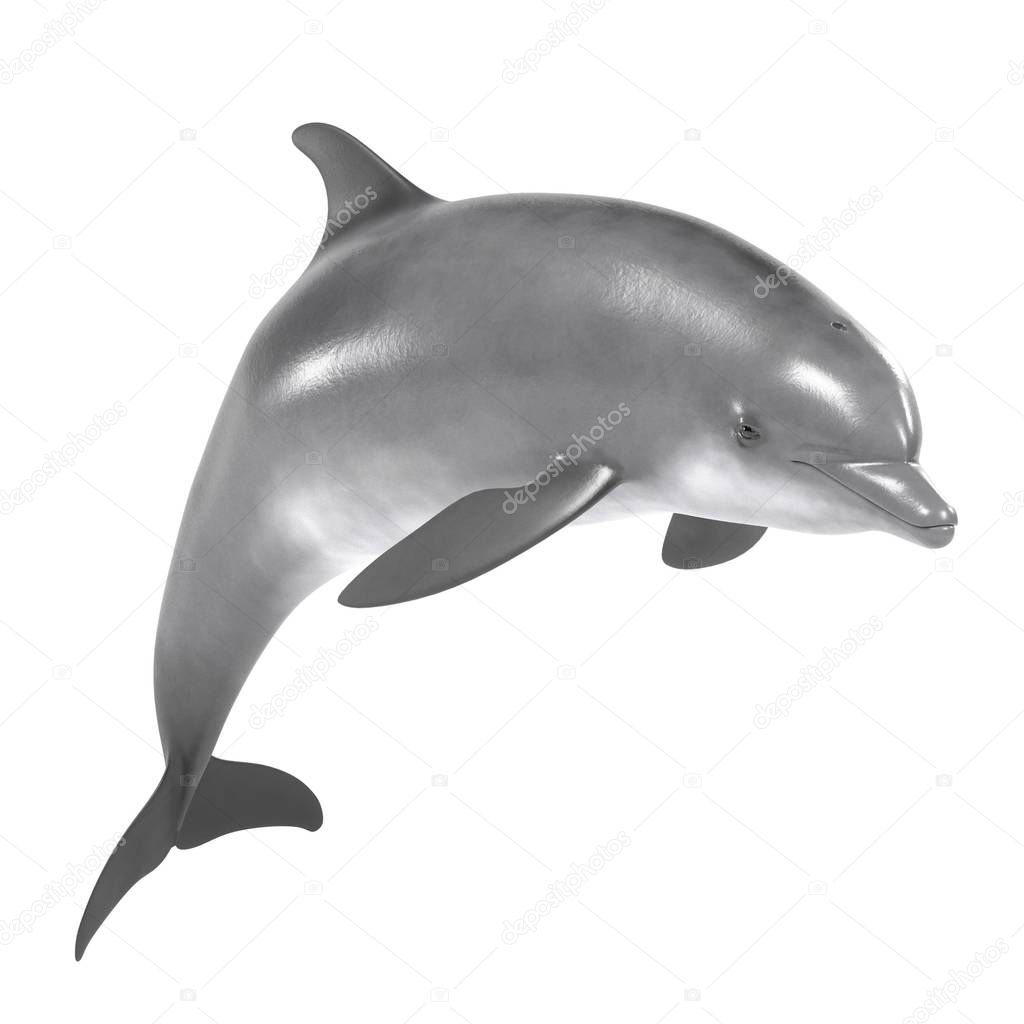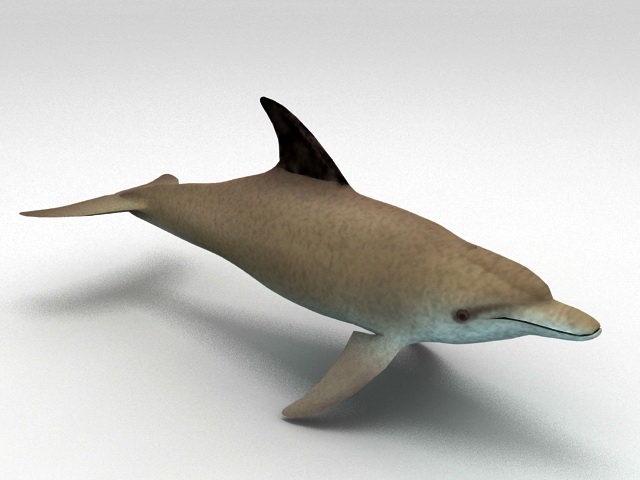
The Vérité performed triangle setup in hardware.

Some DOS games with Speed圓D Vérité support, such as Ind圜ar Racing II, offered a mode using DMA and a mode using FIFO, in order to bypass these issues. Rendition had a DMA test utility to benchmark a motherboard's support of DMA transfers. Both of these issues combined to cause frequent problems for owners of the V1000. Additionally, on some motherboards, DMA support was incomplete or improperly implemented and speed was quite poor. If a motherboard chipset wasn't capable of DMA, Vérité was forced to operate in FIFO mode and performance dropped dramatically. Unfortunately, the immaturity of the PCI bus at the time, and the limited use of bus mastering in general in systems of the day, caused DMA bugs to surface with Vérité. This allowed the board to transfer data much more efficiently than with the alternative FIFO mode of the bus.
#Dolphins 3d rendition software
Released in time for Christmas 1996, both vQuake and Tomb Raider demonstrated the V1000's 3D/hardware to be both faster and better-looking than software rendering on even the most powerful host CPU.Īn interesting piece of V1000's technology was its use of bus master DMA transfers for data transfer across the PCI bus. The Vérité (and Voodoo) ports added 16-bit color rendering, bilinear filtering, per-polygon MIP mapping, and edge anti-aliasing to the game's 3D visuals. As the ATI Rage/3D, S3 Virge/3D, and Matrox Mystique delivered 3D/graphics of questionable benefit, id Software's vQuake and Eidos's Tomb Raider were influential in fueling consumer interest in 3D rendering hardware. A handful of software titles shipped with V1000 support. At least four companies sold Vérité boards: the Creative Labs 3D Blaster PCI, the Sierra Screamin' 3D, the Canopus Total 3D, and the Intergraph Reactor (later renamed Intense 3D 100). The V1000 was fairly popular when it was launched. In the book Masters of Doom, Carmack cited bad experiences with programming the Vérité as the reason for id's shift away from proprietary APIs toward the industry-standard OpenGL. Board partner Number Nine Visual Technology later canceled their Vérité products. Vérité's first claim to fame was being the only accelerator supported by Quake.
#Dolphins 3d rendition windows
Aside from 3D games, Vérité contained an IBM VGA compatible display controller, and served as a traditional 2D/GUI accelerator for the Windows operating system. Vérité supported a local framebuffer of up to 4 MB EDO DRAM, on a 64-bit bus (for a theoretical 400 MB/s bandwidth). Only 3DFX's Voodoo Graphics was faster, but unlike the 3DFX Voodoo, the V1000 included 2D/VGA capability making it the only acceptably fast single-board solution for 3D games.


V1000 was both faster and more advanced (in terms of features) than competitors such as the Matrox Millennium, ATI Rage/3D, and S3 Virge3D.
#Dolphins 3d rendition Pc
The V1000 was the first PC graphics card to utilize a programmable core to render 3D graphics. Released in 1996, Rendition's V1000 chipset was notable for its RISC-based architecture.


 0 kommentar(er)
0 kommentar(er)
